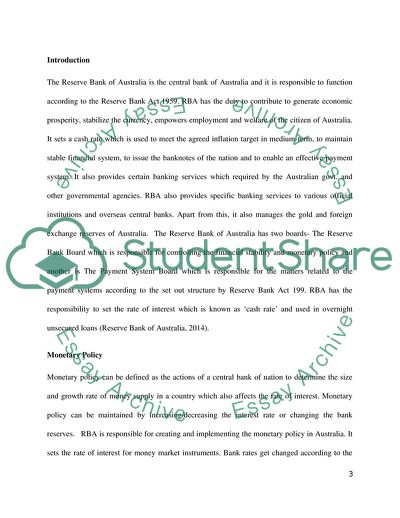Cite this document
(Capital Mrket Assignment Example | Topics and Well Written Essays - 2250 words, n.d.)
Capital Mrket Assignment Example | Topics and Well Written Essays - 2250 words. https://studentshare.org/finance-accounting/1828933-capital-mrket
Capital Mrket Assignment Example | Topics and Well Written Essays - 2250 words. https://studentshare.org/finance-accounting/1828933-capital-mrket
(Capital Mrket Assignment Example | Topics and Well Written Essays - 2250 Words)
Capital Mrket Assignment Example | Topics and Well Written Essays - 2250 Words. https://studentshare.org/finance-accounting/1828933-capital-mrket.
Capital Mrket Assignment Example | Topics and Well Written Essays - 2250 Words. https://studentshare.org/finance-accounting/1828933-capital-mrket.
“Capital Mrket Assignment Example | Topics and Well Written Essays - 2250 Words”. https://studentshare.org/finance-accounting/1828933-capital-mrket.


